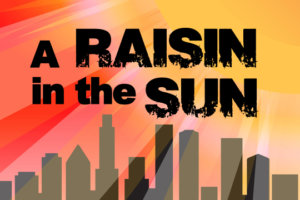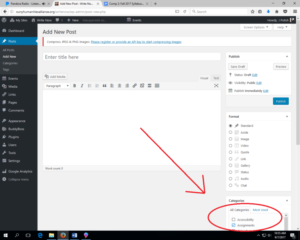It is very important to me that our class is as accessible as possible for everyone in it. This means that if I’m ever using language that is not easily understandable, or am speaking too quickly, or am generally coming up short in my responsibility to help you learn the best you can, I always encourage you to let me know in any way that you can (saying something during class, notes, emails, in-person, etc.).
Additionally, if any factors you cannot control — public transportation availability/safety, family safety in the midst of changing immigration policies, etc. — are interfering with your ability to benefit from this class experience, know that there are many resources available to you through LaGuardia.
Some of these resources are housed at the Wellness Center (discussed below and linked here: http://www.laguardia.edu/WellnessCenter/) and others — including legal counseling, financial assistance, health care enrollment, etc. — can be accessed through Single Stop (linked here: http://www.laguardia.edu/singlestop/).
What can you access through Single Stop?
SINGLE STOP:
Single Stop USA has partnered with LaGuardia Community College to connect students with federal and state financial resources, and local community services to overcome financial barriers, stay in school and graduate. Single Stop provides financial assistance with daily living expenses, e.g. pay for doctor’s visits, medications, food, rent, utilities, child care, transportation and more! All of our services are free for LaGuardia students and their immediate family members.
Do I qualify for benefits?
If you answer “yes” to any of the questions below, you may qualify for additional financial services and/or benefits:
- Do you need help paying for college?
- Are you finding it difficult to meet basic living expenses such as for housing, food, rent, clothing, etc?
- Are you receiving limited or no financial support from your family?
- Are you financially responsible for children under the age of 24?
- Are you a veteran?
- Are you in need of financial assistance?
- Are you undocumented?
http://www.laguardia.edu/singlestop/#
You can also access free and confidential immigration assistance is available through CUNY Citizenship Now, linked here: http://www1.cuny.edu/sites/citizenship-now/ and CUNY CLEAR, linked here: http://www.cunyclear.org
In addition, dis/abilities — ranging from anxiety to chronic pain — often go un-discussed in classroom settings, but my goal for this class is to foster a generative learning environment for each student: if I am not succeeding at this, please let me know so that I can make the necessary changes. As I will repeat throughout the syllabus, if you anticipate needing any kind of modification to the class as structured, please let me know as soon as possible.
This includes the ability to draft a separate grading contract with me if you know that any component of the contract is going to be overly burdensome or impossible for you to achieve due to life circumstances or any dis/ability you might experience. Additionally, if you have a documented learning, sensory, physical, or other reason for needing any kind of special accommodation in this class, contact the The Wellness Center in room C-249, email WellnessCenter@lagcc.cuny.edu, and phone 718-482-5471. Please feel free to reach out to me for additional assistance.


